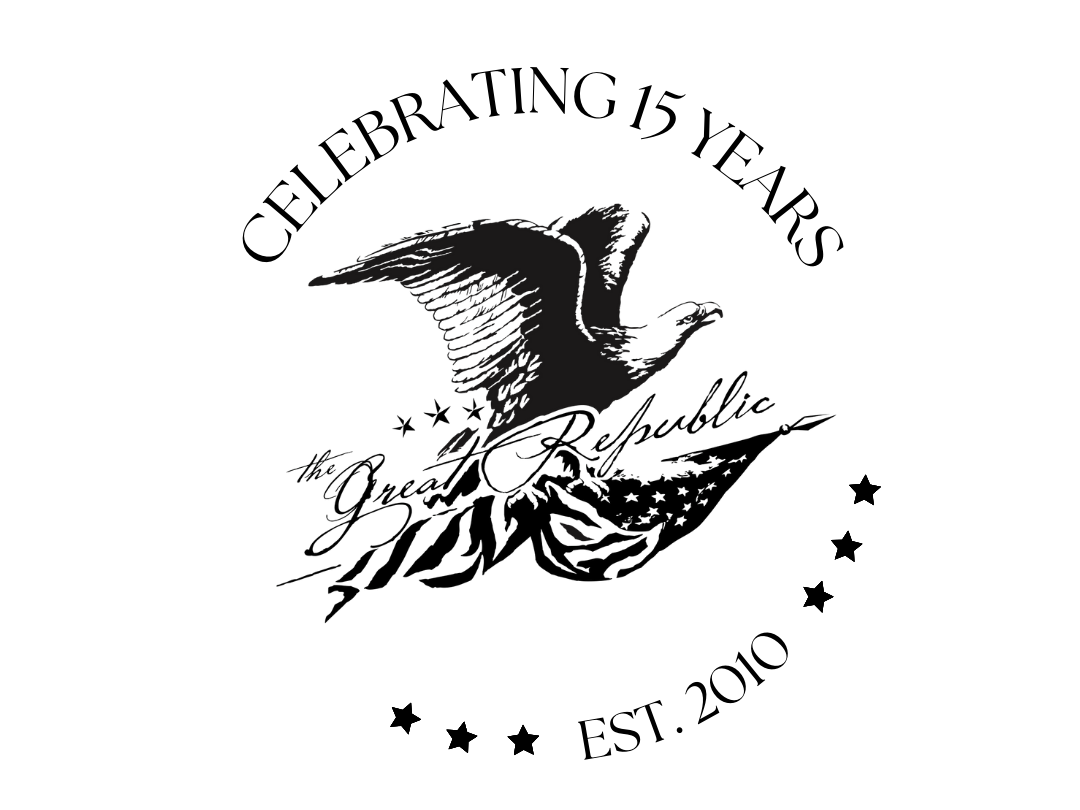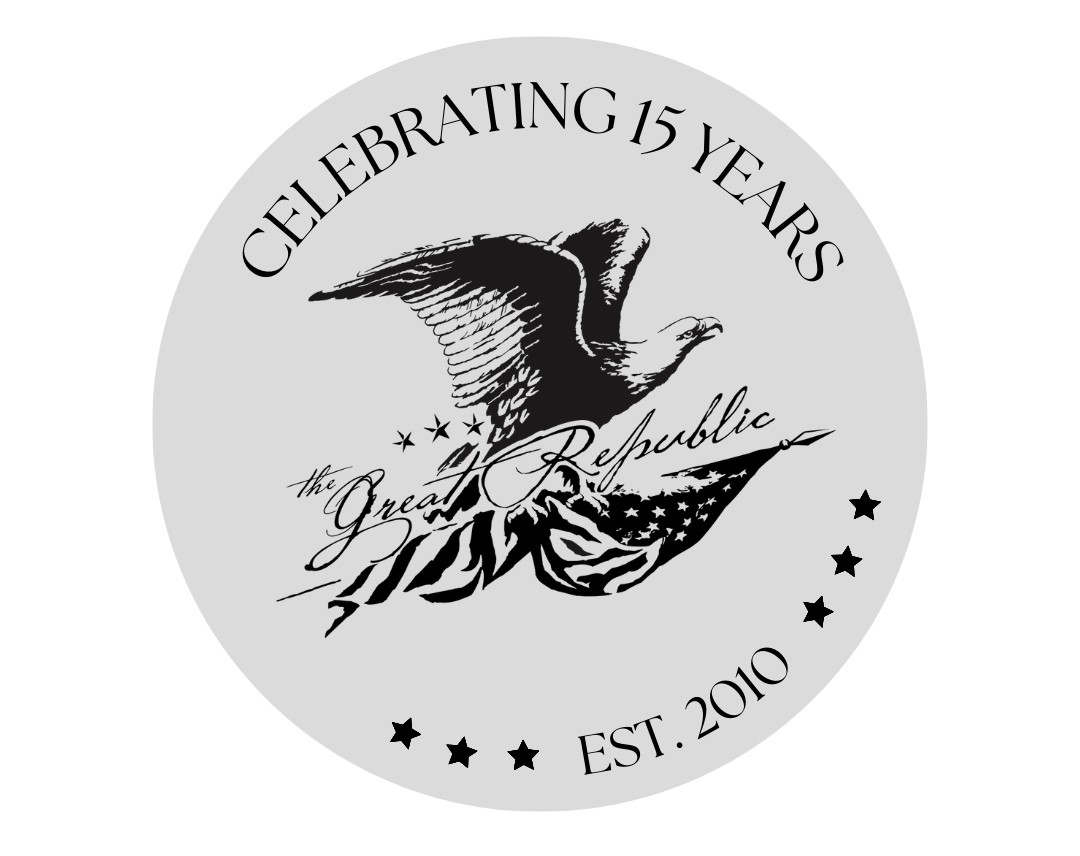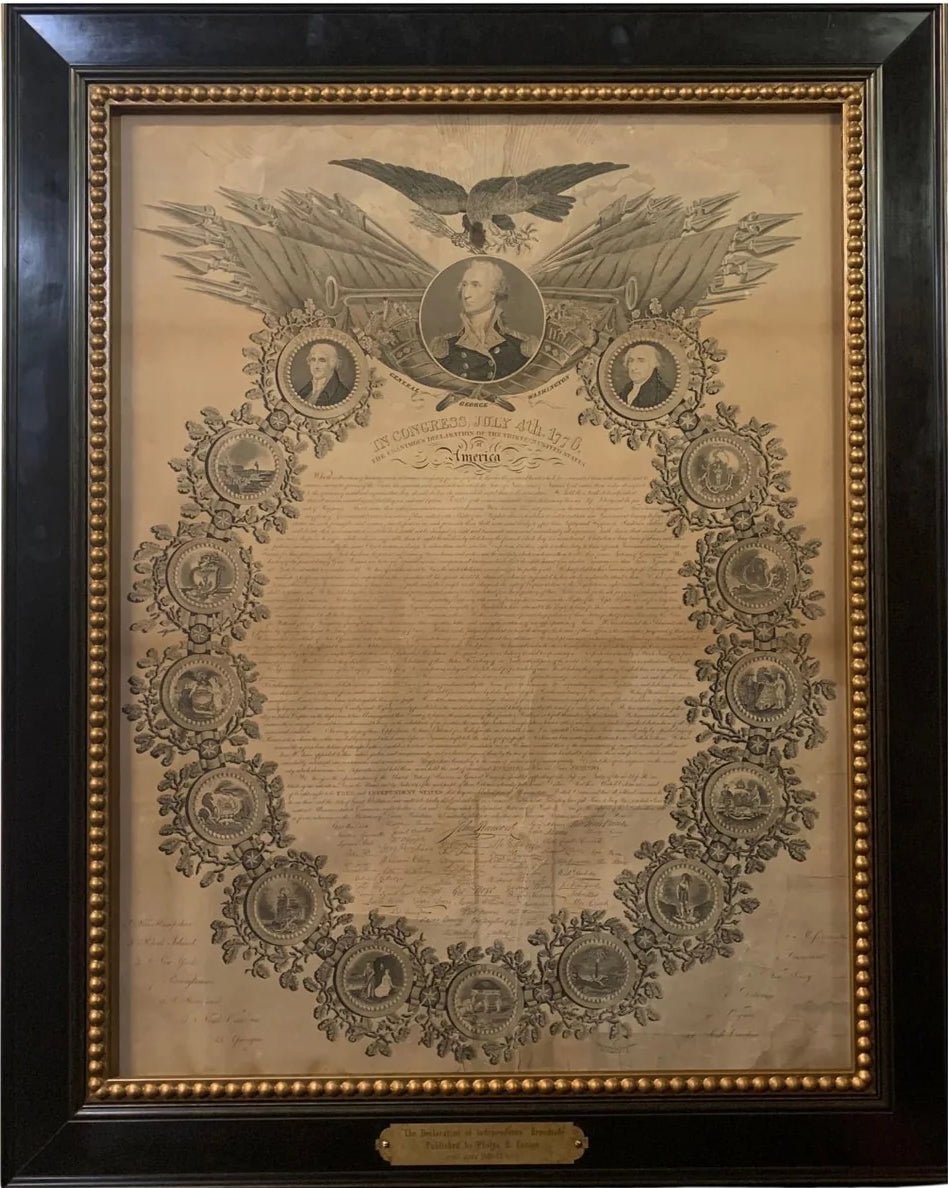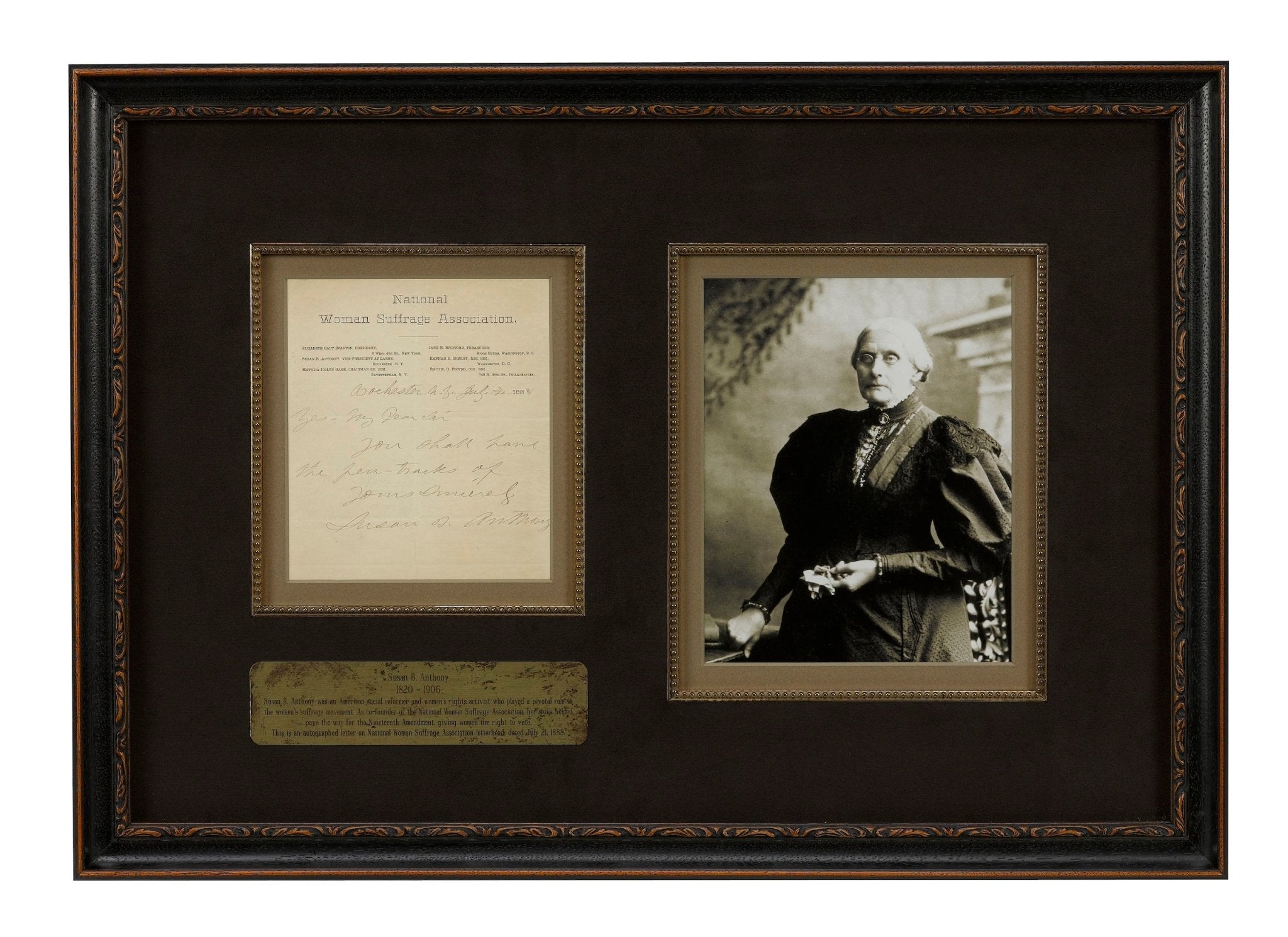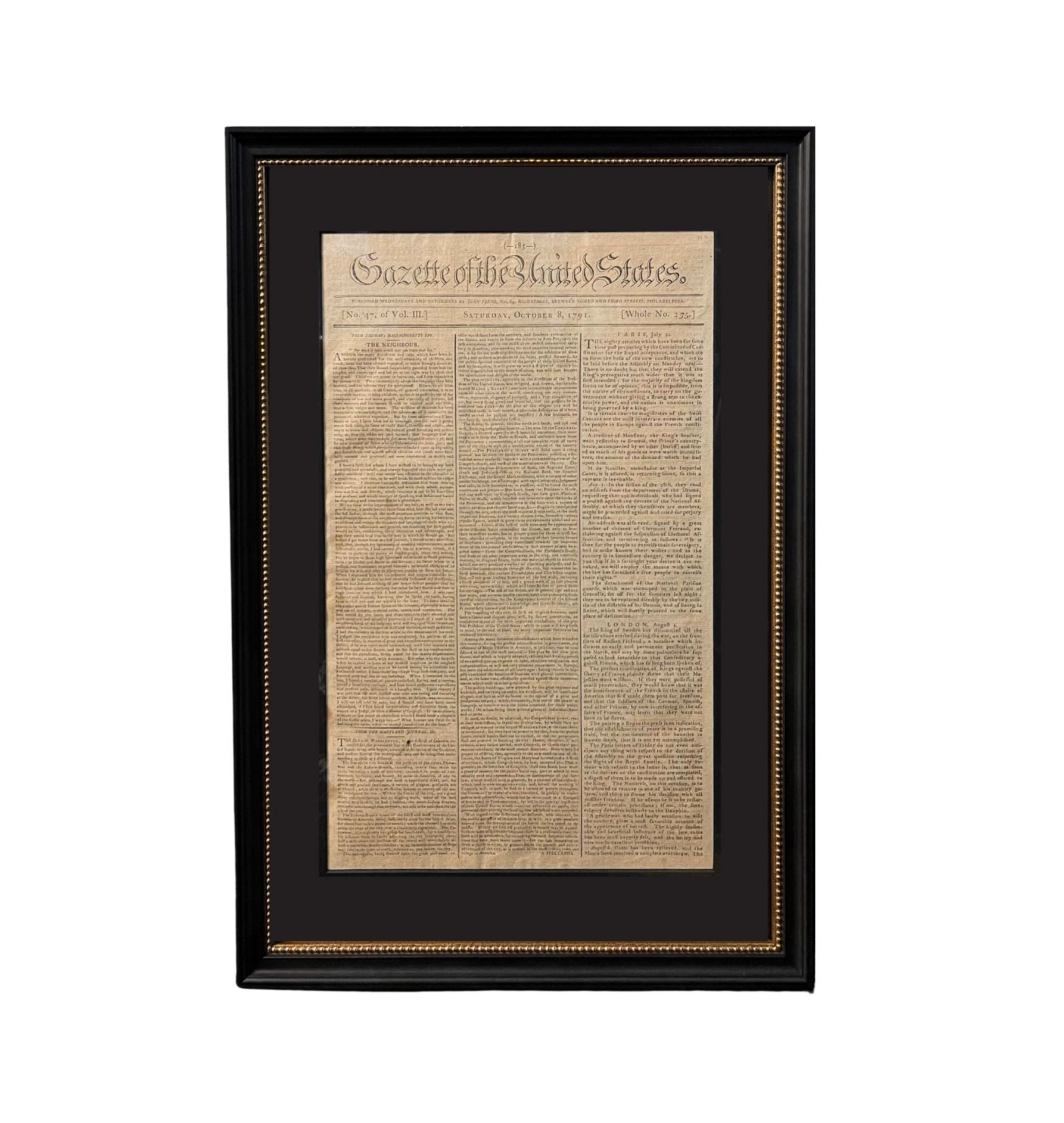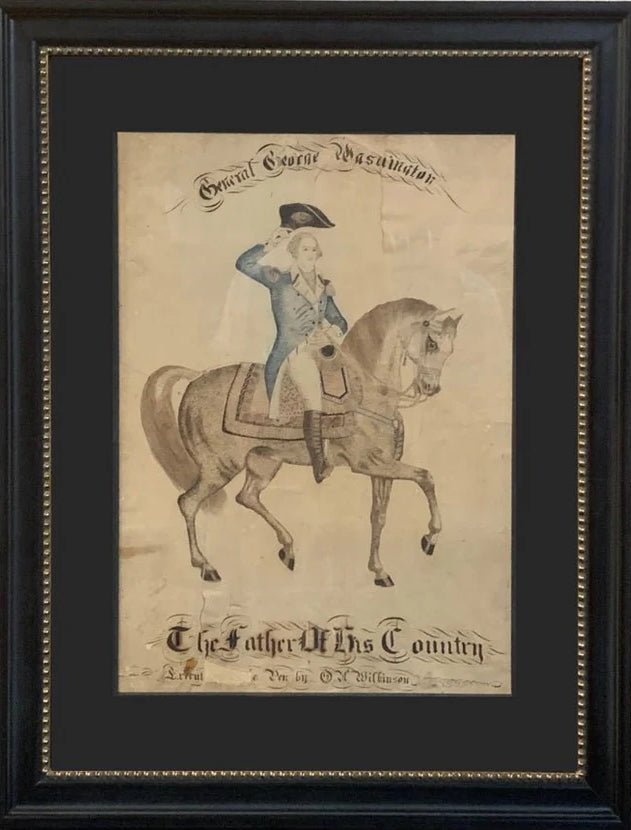George Washington: The Father of His Country
One of my favorite items in shop is this original ink drawing of General George Washington by Oscar A. Wilkinson. Although undated, this drawing most likely dates to the late 19th century, possibly created during the nation’s Centennial Celebration in 1876 or the 100th anniversary of Washington’s inauguration in 1889. The composition depicts Washington on horseback, in his full suit of regimentals, saluting with his black and gold tricorn hat. Above and below the image in ornamental ink calligraphy is the title “General George Washington, The Father of this Country.”
George Washington’s commanding role during the Revolutionary War, his election as president of the 1787 Constitutional Convention, and his two terms as the first President of the United States led to his informal title among the public of "Father of His Country." With its roots in the Latin phrase “Patres Patriae,” or “Father of the Fatherland,” the appellation honors Washington as the foremost figure in the founding of the nation.
The first known printed use of the term was in a 1778 Pennsylvania German almanac published in Lancaster, PA. The cover of that almanac declared Washington as "Des Landes Vater" or "Father of the Country. During Washington’s journey to New York City for his inauguration, a Pennsylvania newspaper referred to him as "Father of the people" and "Father of his Country." The phase caught on quickly, used by his fellow revolutionaries like Henry Knox, as well as the public. In his biography, Life of Washington, Mason Locke Weems wrote that Washington deserved “that dearest and best of all appellations, 'the father of his country.’" In art, Rembrandt Peale completed a portrait of Washington titled "Patriæ Pater" in 1824 and a few years later, in 1835, Currier and Ives published a lithograph, of which this drawing is based on and inspired by.
